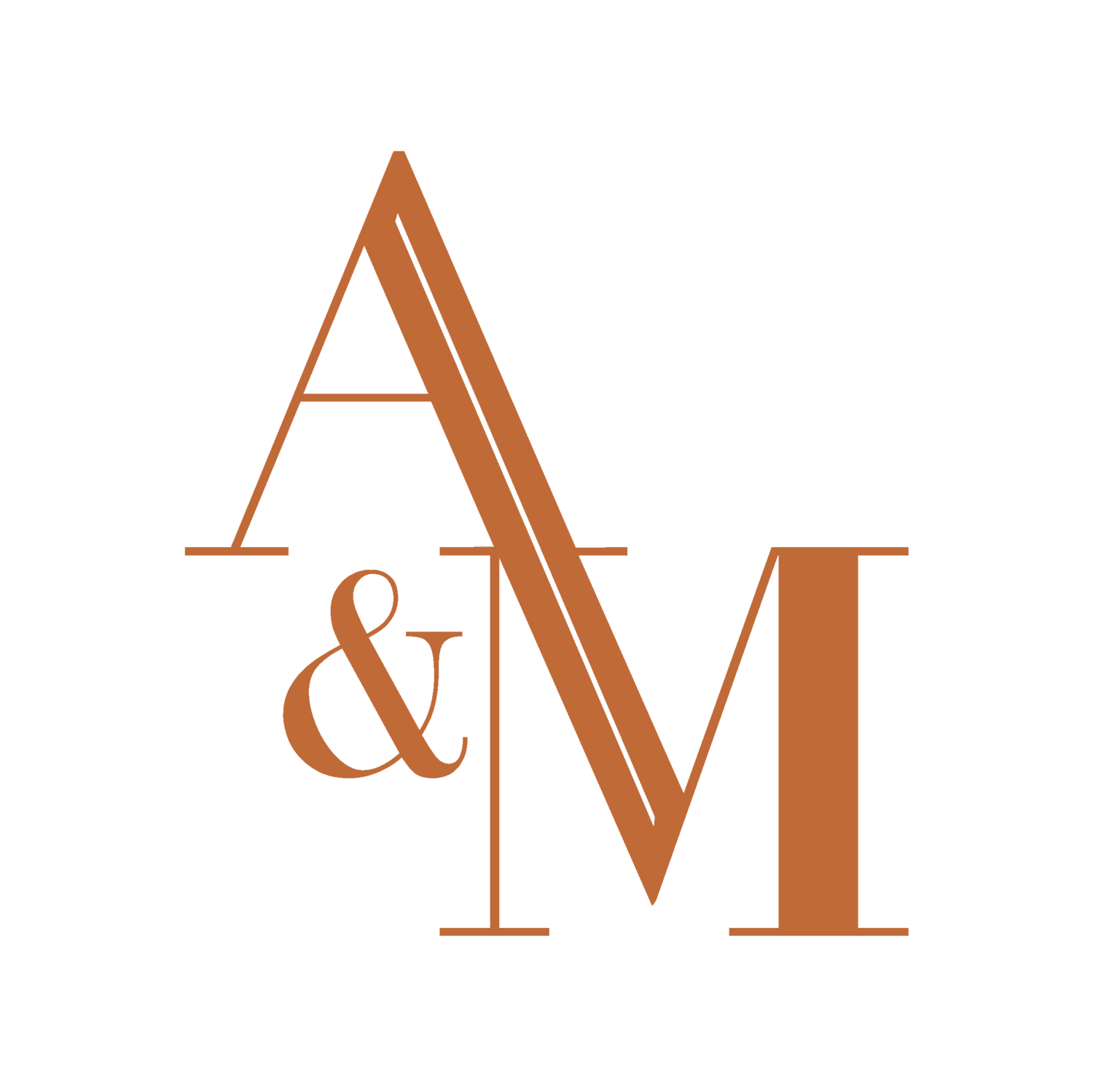The Unfaithful Octopus: Image-thinking and Adaptation
Travelling exhibition at NTU ADM Gallery and MAIIAM
By Roger Nelson
Araya Rasdjarmrearnsook, '2022.4', 2022, embroidery on digital C-print on canvas, 125 x 205cm, installation view. Image courtesy of the artist and NTU ADM Gallery.
The main body of my pet octopus consists of the first temporal aspect, category or idea…: the contemporary.
(Guided by and departing from the ideas of Araya Rasdjarmrearnsook and Mieke Bal,) this exhibition reckons with artmaking as a practice of thinking. How does art think about other art? And about narrative? And about time?
Artworks tell stories, sometimes, and sometimes these stories are taken from elsewhere: from other artworks, from literary sources, from the media or from movies. Narratives are transformed by sliding between makers and gliding between different historical moments and political contexts. What kind of image-thinking happens during these processes?
Ian Tee, '《爹爹,我把骨肉还给您》', 2023, destroyed aluminium composite panels, 8 panels, each 150 x 120cm; acrylic on wall. Image courtesy of the artist and NTU ADM Gallery.
Perhaps we can think of artworks as unfaithful responses to and adaptations of literary and artistic precedents. Perhaps the experience of time in artworks is not linear or cyclical, but instead like an octopus whose tentacles reach into every dimension. These tentacles encircle stories, transforming them into thought-images and devouring them.
The artworks in this exhibition are like essays: playful and partial, intelligent and inquisitive, attentive as they make their experiments and attempts. Narratives – borrowed and invented, replicated and reimagined – are spread like an octopus’s ink throughout this exhibition, embroidering our feeling of time. These artists are (in Araya’s words) “occupied by the lengthy, persistent need to revisit stories that can’t easily be discarded.”* You are invited to take a seat, and to participate in the image-thinking endeavour.
Fyerool Darma with Aleezon, Sharmini Aphrodite, berukera featuring Eric Flower, 'Pathfinder', 2023, shaped plywood, vinyl acrylic (vinylfarbe; Lefranc & Bourgeois), printed polycotton on reupholstered camping chairs with pigments and coating (Samurai2K), 7mil polyester film, LED light, sound, installation view. Image courtesy of the artist and NTU ADM Gallery.
Chulayarnnon Siriphol, ‘Forget Me Not’, 2018, single-channel film with sound, 90 minutes, installation view. Image courtesy of the artist and NTU ADM Gallery.
“Instead of seeing artworks as objects to think about, the concept of image-thinking invites us to see artworks as tools to think with. ”
‘The Unfaithful Octopus’ is guided by the ideas of Araya Rasdjarmrearnsook and Mieke Bal, but the exhibition also departs from them, and remakes their ideas into new creatures. In this way, the exhibition’s curatorial approach borrows from the irreverence, indirectness and mischievousness that I perceive in all of the artworks that I have gathered here.
“In this conception, an adaption can be loyal without being faithful; it need not replicate in order to explicate or illuminate.”
Diem Phung Thi remade by Thao Nguyen Phan, 'seating', c. 1970s remade 2023, installation view. Image courtesy of the artist and NTU ADM Gallery.
The artworks in this exhibition comprise film and moving image, sound and installation, painting and text, seating and embroidery. They respond to sources including classical Thai poetry adapted from Javanese folk talks, and media images of the ongoing Ukraine war (for Araya Rasdjarmrearnsook), Greek mythology and Italian baroque painting (for Mieke Bal), Spanish plays adapted from other Spanish plays (for Ricardo de Baños and Alberto Marro), CCTV surveillance footage from a mall built on the site of a bombing (for CAMP), a 1938 Thai novel and its many cinematic versions (for Chulayarnnon Siriphol), the acoustic and poetic works of a nearly-forgotten historical figure from Johor Bahru recorded in 1917 and stored in a Berlin sound archive (for Fyerool Darma), a modular, abstract chair based on modular, abstract sculptures (for Thao Nguyen Phan’s remaking of designs by Diem Phung Thi), and a 1979 Chinese animation based on a novel that adapts ancient mythological tales that are Indic in origin (for Ian Tee).
CAMP, 'Capital Circus', 2008, single-channel video with sound, 27 minutes. Image courtesy of the artist and NTU ADM Gallery.
This is an excerpt from Roger Nelson’s curatorial essay published on the occasion of ‘The Unfaithful Octopus’. The exhibition is on view from 12 October to 1 December 2023 at ADM Gallery, Singapore, and thereafter will travel to MAIIAM Contemporary Art Museum in Chiang Mai in early 2024.
Accompanying the exhibition is an online public lecture by Mieke Bal delivered on 20 October 2023, presented by the Art History department in the NTU School of Humanities as part of the NTU Distinguished Lectures in the Humanities series. For details and to register, click here.
To read other writings from the Excerpts series, click here. If you may like to send us texts to consider for the 'Excerpts' series, please email info@artandmarket.net.
1Araya Rasdjarmrearnsook, I Am An Artist (He Said), trans. Kong Rithdee (Singapore: National Gallery Singapore 2022), 380.
2Mieke Bal, Image-Thinking: Artmaking as Cultural Analysis (Edinburgh: Edinburgh University Press, 2022), 7.
3Araya, I Am An Artist (He Said), 9.
4Araya, I Am An Artist (He Said), 369.
5Bal, Image-Thinking, 8.
6Lauren Fournier, Autotheory as Feminist Practice in Art, Writing, and Criticism (Cambridge and London: MIT Press, 2021), 17.
7Mieke Bal, “Intership: Anachronism between Loyalty and the Case,” The Oxford Handbook of Adaptation Studies, ed. Thomas Leitch (Oxford and New York: Oxford University Press, 2017), 182-3.
8Araya, I Am An Artist (He Said), 380.
9Bal, Image-Thinking, 133.
10Mieke Bal, 133.



















